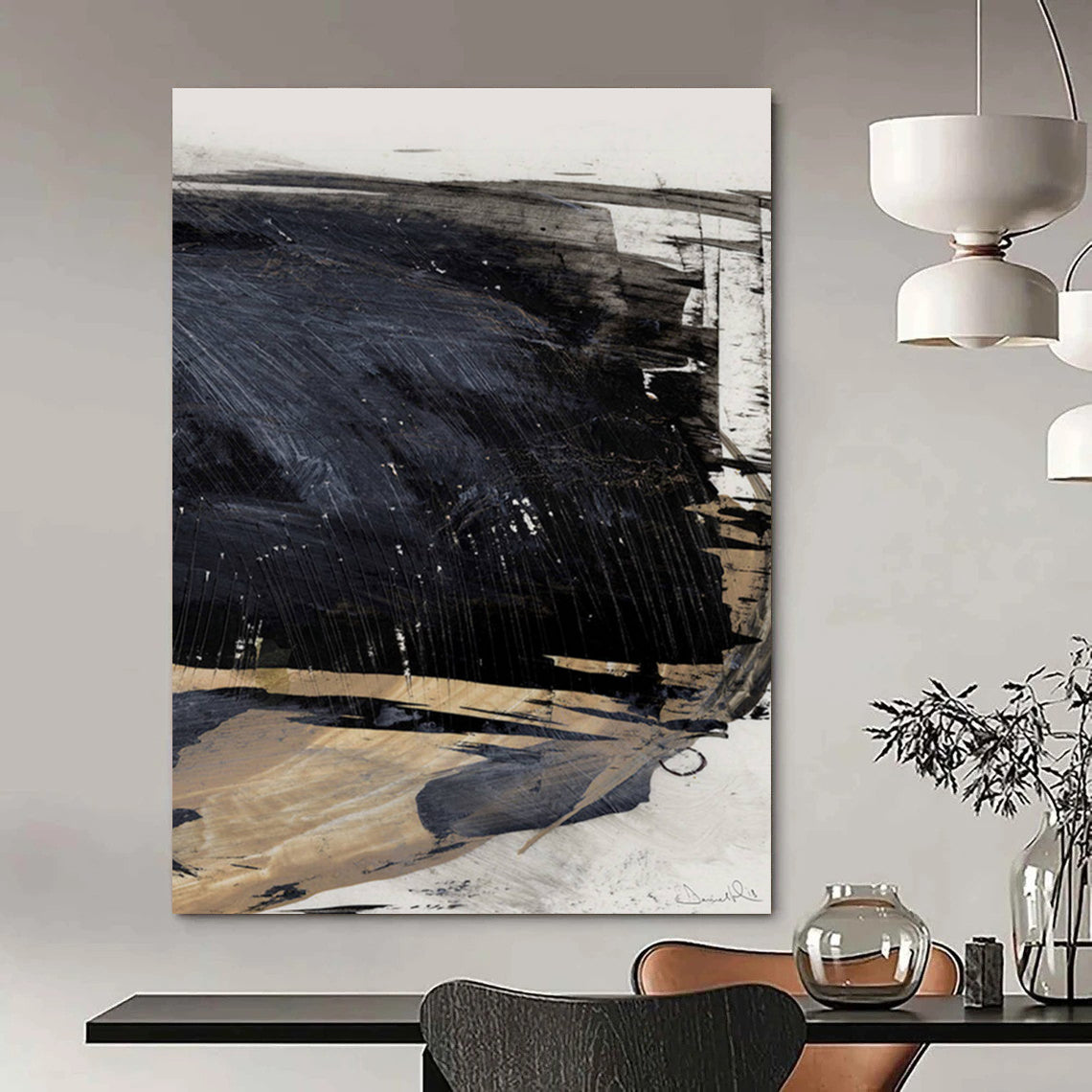In an unprecedented collaboration, the Gallery Climate Coalition (GCC) and Frieze London have launched the “10% Of” initiative at the highly anticipated 2025 Frieze London and Frieze Masters art fairs. This fresh program mobilizes galleries exhibiting at the fairs to collectively commit 10 percent of the sales price from select artworks to support the Gallery Climate Coalition’s mission of drastically reducing the environmental impact of the visual arts sector.

Background and Purpose of the Initiative
The Gallery Climate Coalition, founded as a nonprofit in 2020, aims to halve carbon emissions in the art world by 2030 through data-driven tools, education, and strategic partnerships. It addresses the pressing climate footprint of art fairs and galleries — including transportation emissions, energy consumption, and waste — which contribute significantly to the industry’s carbon emissions.
The “10% Of” initiative was conceived as a pragmatic yet impactful fundraising and awareness campaign, launched in partnership with Frieze, one of the world’s foremost contemporary art fairs. This collaboration marks a milestone in integrating climate-conscious frameworks directly into the art market’s high-profile commercial events Artnews.
Heath Lowndes, director of GCC, emphasized that while 10 percent might seem modest, the collective contribution of many galleries holding this commitment can drive substantial change. The name “10% Of” derives from artist Gary Hume’s description of himself and others as “ten percent activists” — many small commitments that accumulate to significant impact Artnews.
Participating Galleries and Highlighted Works
The initiative sees participation from 22 prestigious galleries, roughly 8 percent of all exhibitors at Frieze London and Frieze Masters. Notable names include Gagosian, Hauser & Wirth, Sprüth Magers, Thaddaeus Ropac, Victoria Miro, and Sadie Coles HQ, among others.
One highlighted artwork confirmed to be part of the “10% Of” project is Eis (2025) by Thomas Demand, represented by Sprüth Magers. Selected works will be viewable in a dedicated online viewing room launching October 4, increasing accessibility and visibility for this climate-conscious commerce Artnews.
Tackling the Environmental Impact of Art Fairs
Art fairs have notoriously high carbon footprints — largely due to international air freight for artwork transportation, travel emissions by participants, and energy-intensive venue operations. Studies show that approximately one-third of a gallery’s annual carbon emissions arise from fair participation, with air freight alone accounting for 70 percent of those emissions Artnews.
Frieze has embraced sustainability as a core principle, powering events with biofuels, utilizing LED lighting, minimizing waste through reusable structures, and encouraging climate-conscious travel among exhibitors and visitors. The “10% Of” initiative further deepens this commitment by embedding environmental responsibility into sales transactions themselves, channeling funds directly to GCC’s climate solutions Frieze sustainability.
Beyond Fundraising: GCC’s Wider Climate Mission
Funds raised through “10% Of” are earmarked for GCC’s broad range of climate action efforts. These include:
-
Organizing climate-focused events such as the recent Climate Conversations Conference in partnership with the Helenethaler Foundation and The Museum of Modern Art (MoMA) in New York.
-
Distributing the Artist Toolkit for Environmental Responsibility, an educational resource guiding artists in sustainable practices.
-
Supporting the Art Fair Alliance, a coalition of 13 major art fairs committed to reducing collective emissions.
-
Publishing climate impact reports and carbon footprint research to benchmark progress and identify strategic interventions Gallery Climate Coalition.
This holistic approach ensures that every sector stakeholder — from artists to galleries to fair organizers — is engaged in a systemic cultural shift toward sustainability.
Future Directions and Industry Implications
The “10% Of” campaign underscores the art world’s growing acknowledgment of climate responsibility as integral to its future. By pairing market incentives with collaborative action, it creates a replicable model for galleries globally. GCC’s strategic use of data and partnerships aims to inspire and facilitate meaningful reductions in the art sector’s environmental footprint.
Heath Lowndes highlights the crucial role of art fairs as centralized hubs where consolidated, coordinated efforts can maximize emissions reductions. Looking ahead, GCC plans to analyze accumulated data over the coming years to assess effectiveness and sharpen ongoing sustainability strategies Artnews.
Image Sources
-
Thomas Demand’s Eis (2025): Courtesy of Sprüth Magers, photographed at Frieze London 2025
-
Frieze London sustainability initiatives: Official images from Frieze Sustainability Page
-
Gallery Climate Coalition events and conferences: Photos from GCC official website Gallery Climate Coalition
FAQ
Q: What is the “10% Of” initiative?
A: It is a fundraising and visibility program where participating galleries at Frieze London donate 10% of the sales price of selected artworks to the Gallery Climate Coalition.
Q: Why 10%?
A: The percentage reflects a collective impact model inspired by artist Gary Hume’s concept of “ten percent activism,” where small individual actions accumulate into meaningful change.
Q: Which galleries participate in “10% Of”?
A: Twenty-two prominent galleries including Gagosian, Hauser & Wirth, Sprüth Magers, Thaddaeus Ropac, and Victoria Miro.
Q: What environmental issues does GCC target?
A: GCC focuses on reducing carbon emissions, waste, and energy use across the visual arts sector, particularly from transport, travel, and gallery operations.
Q: How does Frieze support sustainability?
A: By utilizing biofuels, LED lighting, waste reduction strategies, and encouraging climate-friendly travel, alongside partnering with GCC on initiatives like “10% Of.”
Q: How are the funds used?
A: Funds support GCC’s programs including educational toolkits, climate conferences, carbon footprint research, and the Art Fair Alliance.

